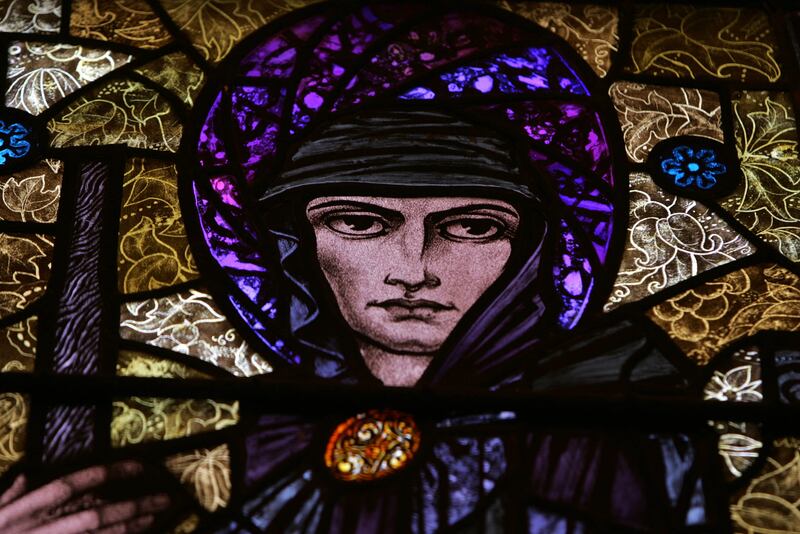The establishment of a new museum to celebrate the work of the internationally renowned stained-glass artist Harry Clarke is being proposed by Dublin City Council.
The council hopes to locate the new tourist attraction in the former premises of the Dublin Writers’ Museum on Parnell Square that also houses the Michelin two-star restaurant Chapter One.
The building is also adjoined by the Irish Writers’ Centre.
The local authority plans to acquire the property from Fáilte Ireland to establish what will be called the Harry Clarke Museum of Irish Stained Glass.
READ MORE
Fáilte Ireland has agreed to sell the building to the council for a nominal sum on condition that it is used for tourism purposes.

Dublin-born Clarke, who died in 1931 aged 41, is recognised internationally as one of the world’s most famous stained glass artists, with examples of his work found in Ireland, the UK, the US and Australia.
Dublin City Council already owns a collection of Clarke’s works including one of his most famous pieces, Eve of St Agnes, which is currently housed in the council-owned Hugh Lane Gallery on Parnell Square and which will be one of the star attractions in the new museum.
In Ireland, his works can also be seen in the National History Museum of Ireland at Collins Barracks and various churches around the country.
His best-known pieces are arguably the six windows made for Bewley’s Café on Grafton Street in Dublin which have an estimated value of €1 million.
[ God is in the Detail: Harry Clarke’s stained glassOpens in new window ]
They were recently the subject of a legal dispute between the owners of the building and the operator of the café with the High Court ruling in January that the four Four Orders works were an inherent part of the building, while the two Swan Yard works were the property of the tenant.
The council said it had also contacted private owners of Clarke’s stained glass windows who had indicated they were well disposed to loaning windows to the new museum, while the artist’s descendants are also supportive of the project.
The council’s assistant arts officer, Margarita Cappock, said Clarke’s pioneering techniques and brilliant execution of stained glass panels had earned him a global reputation.
“His skill and unique vision is unsurpassed and his art is instantly recognisable because of its outstanding originality,” said Ms Cappock.
However, she said it was difficult to encounter his work “in one place and at close quarters.”
The council also highlighted how Clarke had a strong association with Dublin’s north inner city area as his father, Joshua, had established stained glass studios in North Frederick Street which remained in operation until 1973, while as a young student he attended local schools including Marlborough Street Model School and Belvedere College.
The proposed museum will be discussed at a meeting of the council’s arts, culture, leisure and recreation committee next week.
The council estimates that the museum should be in position to open to the public by 2026.








